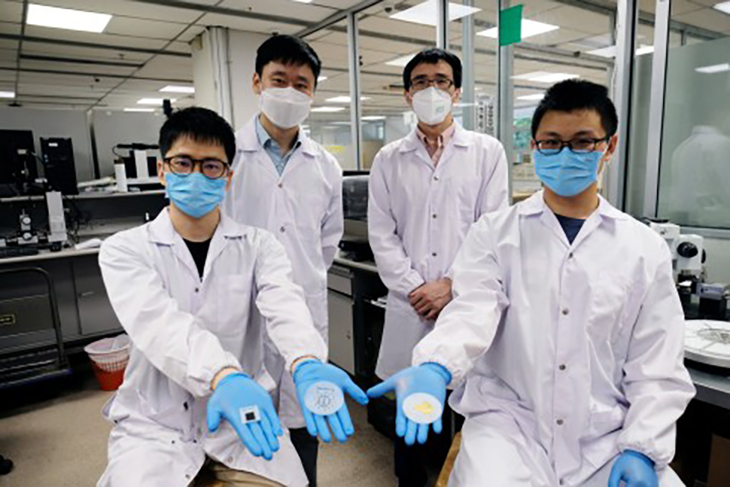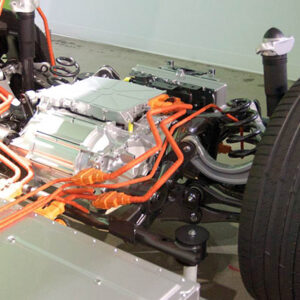
Scientists from NTU Singapore have made biodegradable batteries that after use, can be buried within the soil.
These paper-thin biodegradable zinc batteries may possibly become the answer to having an environmentally sustainable battery option to power smartphones and flexible wearable electronic devices in the future.
These zinc batteries are made of electrodes that are screen-printed on to both sides of a piece of cellulose paper and reinforced with hydrogel. The electrodes are how the electrical current leaves or enters the battery. Once the battery has run its course, it can then be buried in soil where it will break down completely within the span of one month.
During the proof-of-concept experiment, the NTU team that created the battery demonstrated how a 4cm x 4cm square of printed paper battery has the ability to power a small electric fan for at least 45 minutes. Meanwhile, even bending or twisting the battery didn’t interrupt its ability to supply power either.
They also did another experiment with a 4cm x 4cm battery to power an LED, where the scientists showed that even though they cut part of the paper battery away, the LED stayed lit. This indicated that cutting doesn’t affect the functionality of the battery either.
With this, the scientists believe that their printed battery may possible be integrated into flexible electronics like the already available foldable smart phones that you see on the market, and biomedical sensors used to monitor one’s health.
As for NTU School of Physical and Mathematical Sciences, Fan Hongjin, who is also the co-lead author of the study, explained, “Traditional batteries come in a variety of models and sizes, and choosing the right type for your device could be a cumbersome process. Through our study, we showed a simpler, cheaper way of manufacturing batteries, by developing a single large piece of battery that can be cut to desired shapes and sizes without loss of efficiency. These features make our paper batteries ideal for integration in the sorts of flexible electronics that are gradually being developed.”
As for NTU School of Electrical and Electronic Engineering Assistant Professor, Lee Seok Woo, who is also a study co-lead author explained about their research, “We believe the paper battery we have developed could potentially help with the electronic waste problem, given that our printed paper battery is non-toxic and does not require aluminum or plastic casings to encapsulate the battery components.”
Prof. Woo added, “Avoiding the packaging layers also enables our battery to store a higher amount of energy, and thus power, within a smaller system.”
The study findings can be found in Advanced Science.
What are your thoughts? Please comment below and share this news!
True Activist / Report a typo


